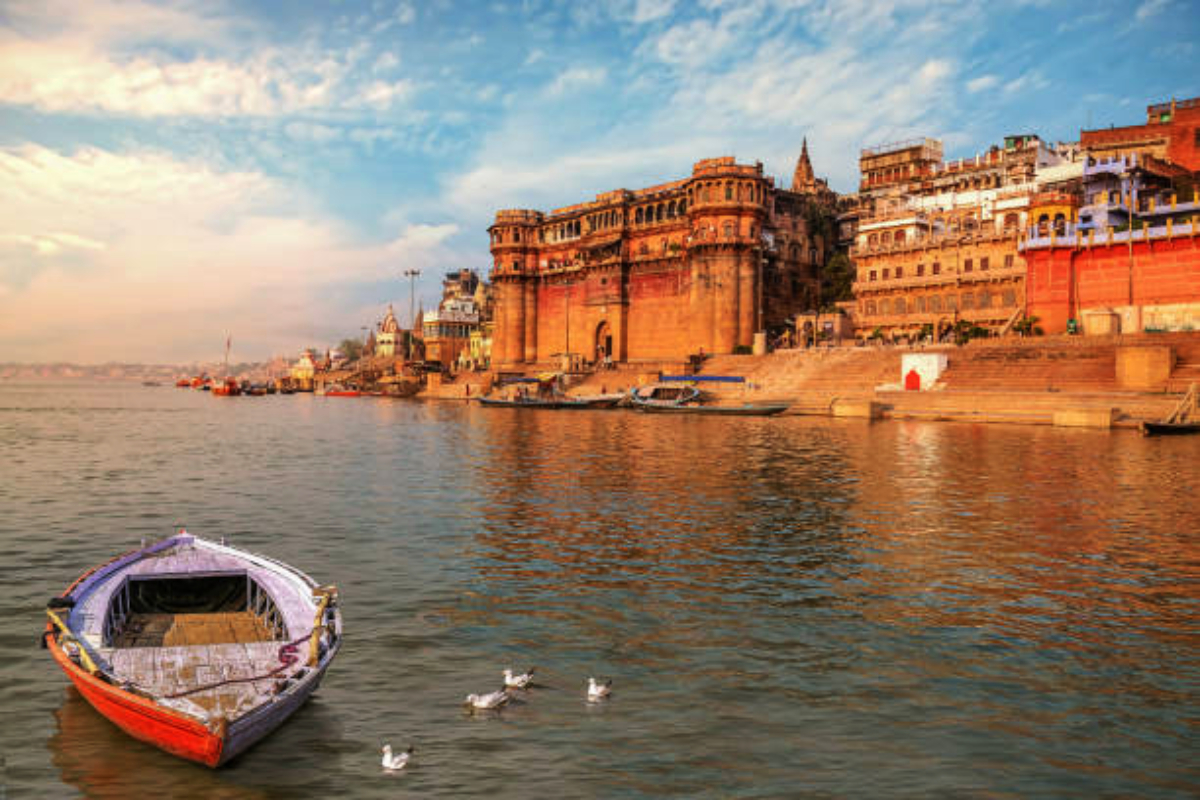Per Capita Water Availability
Government of India, in partnership with State, is implementing Jal Jeevan Mission (JJM) to make provision of tap water supply to every rural household of the country by 2024.
The average annual water availability of any region or country is largely dependent upon hydro- meteorological and geological factors, however, water availability per person is dependent on population of a country. The per capita water availability in the country is reducing due to increase in population. Based on the study titled “Reassessment of Water Availability in India using Space Inputs, 2019” conducted by Central Water Commission, the average annual per capita water availability for year 2021 and 2031 has been assessed as 1486 cubic meter and 1367 cubic meter respectively. Annual per-capita water availability of less than 1700 cubic meter is considered as water stressed condition whereas annual per-capita water availability below 1000 cubic meters is considered as a water scarcity condition.
'Water' being a State subject, steps for augmentation, conservation and efficient management of water resources which positively impact over the issue of per capita water availability are primarily undertaken by the respective State Governments. In order to supplement the efforts of the State Governments, Central Government provides technical and financial assistance to them through various schemes and programmes.
Government of India, in partnership with State, is implementing Jal Jeevan Mission (JJM) to make provision of tap water supply to every rural household of the country by 2024.
Government of India has launched AMRUT 2.0 on 1st October 2021, covering all the statutory towns of the country to ensure universal coverage of water supply & make cities ‘water secure’.
To ensure optimum utilization of water, Government of India has been implementing Pradhan Mantri Krishi Sinchayee Yojna (PMKSY) from 2015-16 onwards. Under PMKSY-Accelerated Irrigation Benefit Programme (AIBP), 99 ongoing major/medium irrigation projects and 7 phases were prioritized during 2016-17, in consultation with States, out of which AIBP works of 58 prioritized projects have been reported to be completed as on date. The extension of PMKSY for the period 2021-22 to 2025-26 has been approved by Government of India, with an overall outlay of Rs. 93,068.56 crore.
The Command Area Development and Water Management (CADWM) Programme has been brought under PMKSY - Har Khet Ko Pani from 2015-16 onwards. The main objective of taking up CAD works is to enhance utilisation of irrigation potential created and improve agriculture production on a sustainable basis through Participatory Irrigation Management (PIM).
The Bureau of Water Use Efficiency (BWUE) has been set up for promotion, regulation and control of efficient use of water in irrigation, industrial and domestic sector. The Bureau will be a facilitator for promotion of improving water use efficiency across various sectors namely irrigation, drinking water supply, power generation, industries, etc. in the country.
“Sahi Fasal” campaign was launched to nudge farmers in the water stressed areas to grow crops which are not water intensive but use water very efficiently; and are economically remunerative; are healthy and nutritious; suited to the agro-climatic-hydro characteristics of the area; and are environmentally friendly.
The Mission Amrit Sarovar was launched on National Panchayati Raj Day on 24th April 2022 as a part of celebration of Azadi ka Amrit Mahotsav with an objective to conserve water for future. The Mission is aimed at developing and rejuvenating 75 water bodies in each district of the country.
Jal Shakti Abhiyan: Catch the Rain” (JSA: CTR) - 2023 campaign, the fourth in the series of JSAs, was launched by Hon'ble President on 04.03.2023 in all districts (rural as well as urban areas) across the country for implementation from 04 March 2023 to 30 November 2023 - the pre-monsoon and monsoon period. The campaign was implemented across the country with the main theme "Source Sustainability for Drinking Water. The focused interventions of the campaign include (1) water conservation and rainwater harvesting (2) enumerating, geo-tagging & making inventory of all water bodies; preparation of scientific plans for water conservation based on it (3) Setting up of Jal Shakti Kendras in all districts (4) intensive afforestation and (5) awareness generation.
The other important steps taken by the Central Government to control water depletion and promote rain water harvesting/conservation are available at the URL:
https://cdnbbsr.s3waas.gov.in/s3a70dc40477bc2adceef4d2c90f47eb82/uploads/2023/02/2023021742.pdf
This information was given by the Minister of State for Jal Shakti, Shri Bishweswar Tudu in a written reply in Rajya Sabha today.
What's Your Reaction?































2AJH.jpeg)











